Sometimes a used RV can be a great buy. Used RVs have already suffered the brunt of depreciation, many are only lightly used for a good price, and you will more than likely have an affordable monthly payment. But, on the other hand a used RV could be a disaster if you don’t know what to look for.
Here are few important checks to make prior to purchasing a used RV
Number one on my list is to check the RV thoroughly for water damage. Water damage is quite common on used RVs. There are several reasons for this, but the leading cause is seams and sealants on RVs flex and move until there is a small crack or opening that water can penetrate. If the previous owner did not inspect and reseal the seams and sealants chances are there is some water damage.
Another problem is, water damage can be difficult to detect. All of the seams and sealants on the RV roof and sidewalls need to be inspected. Indicators of leaks on the exterior of the RV are soft spots on the roof, cracked or separated sealants, and soft spots or what looks like bubbles on the exterior sidewall of the RV. This happens when water gets behind the fiberglass causing it to delaminate (separate) from the backing. Anywhere the manufacturer cut an opening in the roof or sidewalls is prone to water leaks, and should be inspected on a regular basis. If you identify a problem early (preventive maintenance) it can be repaired then, and you avoid costly repair bills later.
On the interior of the RV you can detect water damage by signs of staining or discoloration, soft spots around windows, slide-outs, inside cabinets and on the floor. Water damage is expensive to repair, especially if it has time to spread. I would avoid buying a used RV that has water damage by all means.
Watch my video on inspecting your RV for water Damage
When we were buying a used RV to put on our lot at the beach, I looked four or five that never made it past the water damage check. Getting past the water damage check is a good sign. Now we can move on to the next item on my list which is checking all the systems and appliances on the RV for proper operation.
This check includes the water system, the LP gas system, the electrical system and checking every appliance in the RV. If you are buying from an RV dealer and they tell you the RV will go through some type of pre-delivery inspection or (PDI) prior to you taking delivery, ask them what items are included in the inspection, and tell them you would like to know what they find wrong during the inspection.
If you are buying from a private owner, any inspections done will be on you. If you are not comfortable performing these inspections, hire a qualified RV inspector to perform the inspection for you. If for any reason the owner does not cooperate with these inspections I would not purchase the RV. Remember, there is no warranty, and replacing almost any appliance in the RV can cost $1,000 or more. This can add up fast. Performing these simple inspections prior to purchasing the RV could save you thousands of dollars.
Motorized RVs with an engine, transmission and rear axle need to be inspected too. If you are not comfortable inspecting the vehicle’s drive-line try to find an RV inspector who is qualified to do this. You should thoroughly inspect the underside of the motorhome for and indications of leaks. If you discover any leaks, repairs should be made prior to you purchasing the RV.
Check the condition of belts, radiator hoses and heater hoses. Check all the fluid levels to make sure they are topped off and the fluid is clean. Ask the owner for maintenance records you can review. You need to drive the RV before you buy it. When you drive the RV check the engine, transmission and brakes for proper operation. Turn the windshield wipers on, check the air conditioner, the heat, the radio and other controls on the dash. It is usually easy to tell if an RV was taken care of or if it was neglected. I would avoid buying any RV that shows obvious signs of neglect.
Do not forget the tires too. It’s not uncommon for RV tires that look okay to be very old. If the RV you are considering purchasing is 8 years old, chances are the tires are 8 years old too. Tires that are six years old, or older, should be inspected by a tire professional.
If there is visual evidence of weather cracking or checking, caused by exposure to the elements, it’s likely the tires need to be replaced. This can be expensive, especially if it is a motorhome. If the tires need to be replaced talk to the owner about replacing the tires, or lowering the price of the RV so you can replace tires.
Make sure the used RV you are considering meets your specific needs. Is it large enough or small enough? Do you like the floor-plan arrangement? Is there adequate storage inside and outside? Are there enough sleeping arrangements? Are the holding tanks large enough for the way you plan to use the RV? These are just a few considerations. Think about how you plan to use the RV, and make sure the used RV you are considering fits the bill.
If it is a travel trailer or 5th wheel trailer, do you have a vehicle that can safely tow it. Buying another tow vehicle can be an expensive proposition. Check all of the trailer weights and make sure your tow vehicle is rated to safely tow it before you purchase the RV. Check out our Trailer Towing Basics Online Training Program
If everything checks out it is time to discuss price. Some RV owners owe more on the RV than the RV is worth. This is called being upside-down. For example, If the RV is worth $10,000, but the owner still owes the bank $12,000, they are $2,000 upside-down. They want to pay the loan off, so they want to sell the used RV for the payoff amount, at a minimum. If they are not willing to sell the RV to you for $10,000, and then pay the balance off to the lender, don’t buy the RV. Do not overpay for a used RV.
There is an RV edition of the National Automobile Dealers Association or NADA guide. This is the appraisal guide most RV dealers use to determine used RV prices and values. The online NADA guide offers low retail and average retail pricing on used RVs. Prices in the guide assume everything in the RV works as it should, and the RV is in good condition. If everything in the RV doesn’t work, or if the RV is not in good condition, the value of the RV is less than what the guide says.
I always tell people you wouldn’t buy a new RV for the full retail price, so you should not pay full retail price for a used RV. Ask what the price of the RV is, and try negotiating the price closer to the low retail price in the NADA guide. If the RV needs new tires or other repairs, ask if the seller is willing to make the repairs, or lower the selling price so you can purchase new tires or make the repairs. If everything on the RV works properly, and you can get the price somewhere between low and average retail it is probably a fair deal for both you and the seller.
To learn more about buying an RV, check out our RV online video course titled, How to Buy the Right RV and Save Thousands
Happy Camping,
Mark J. Polk
RV Online Training
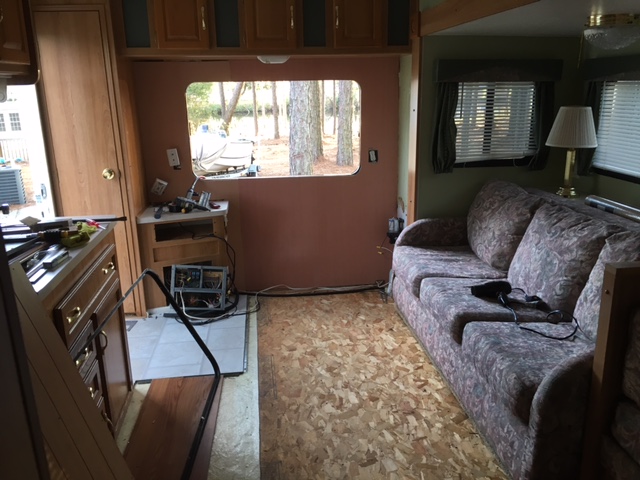
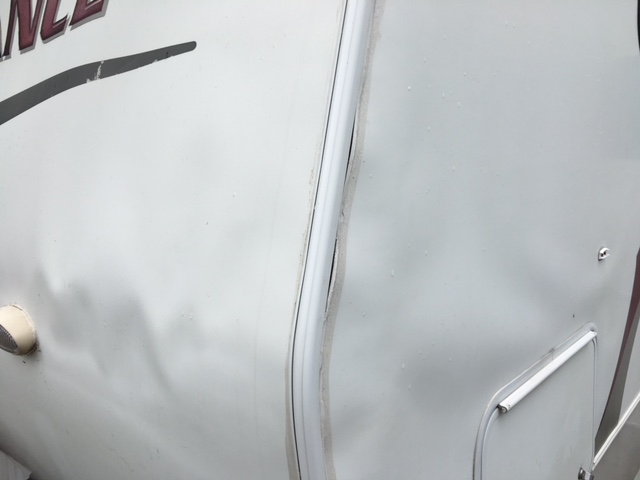
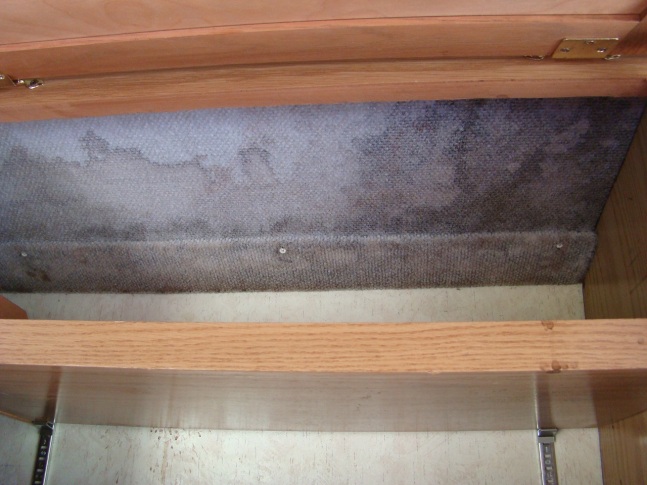
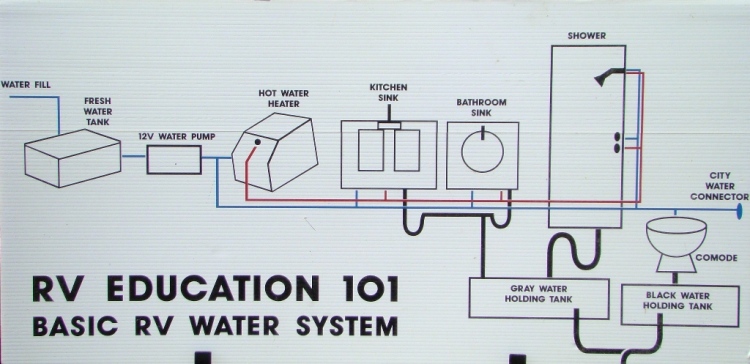

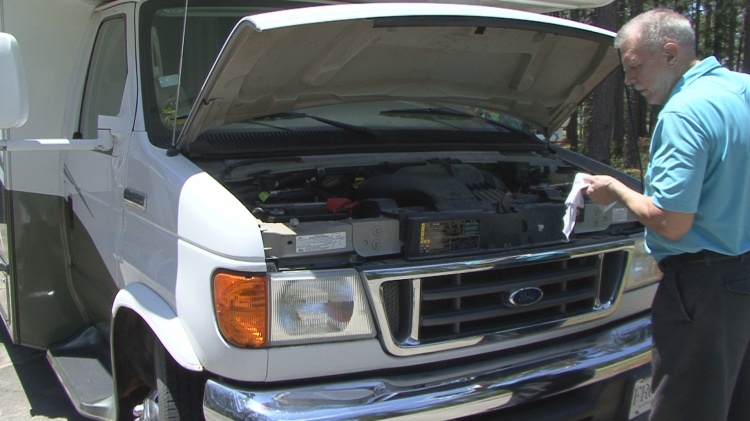


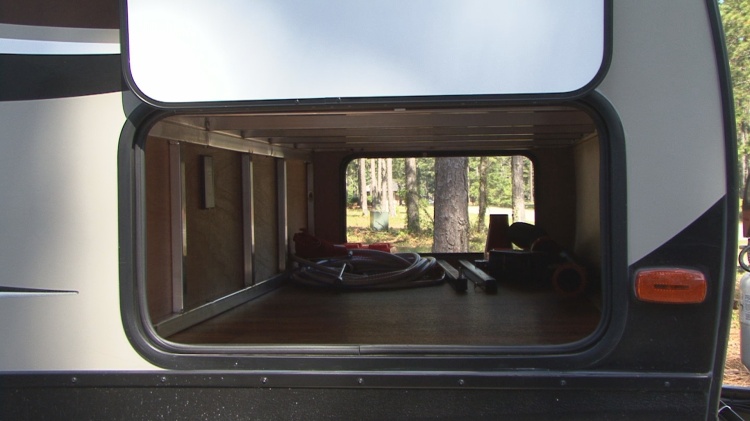


If u r buying a class c withe a length greater than 30 ft on an e450 chassis u had better drive it for a long trip. The weight is too much and the length is too long. Ford blames Coachmen blames Ford for the lousy handling of this combination. This is a very dangerous vehicle and puts all motorists at risk.
LikeLike